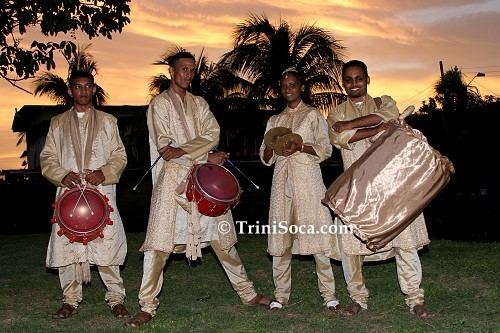 | ||
Tassa is a form of kettle drum. Tassa drums are widespread all over India, and was originated in Trinidad and Tobago. Typically, one or more nagara drums are played together with a heavy bass drum called dhol, along with brass cymbals or metal shakers called jhanj or jhaal. Tassa-dhol ensembles of three to five players are especially common in street processions, whether associated with Indian weddings, political rallies, or Muslim Ashura or Hosay commemorations. In Maharashtra, ensembles of several dozen drummers compete in festivities honoring the deity Ganesh. Drummers in these ensembles are often amateurs, or specialists in other drum traditions. Brought by indentured workers to the Caribbean in the 19th century, tassa ensembles have flourished with great dynamism in Trinidad and Tobago, where they were used in the Hindu Phagwah, Muslim Hosay festival, and also in Florida, Guyana, New York, Suriname, United Kingdom, the Netherlands, Texas, New Jersey, Canada and various other places where Indo-Caribbean communities are found.
Contents
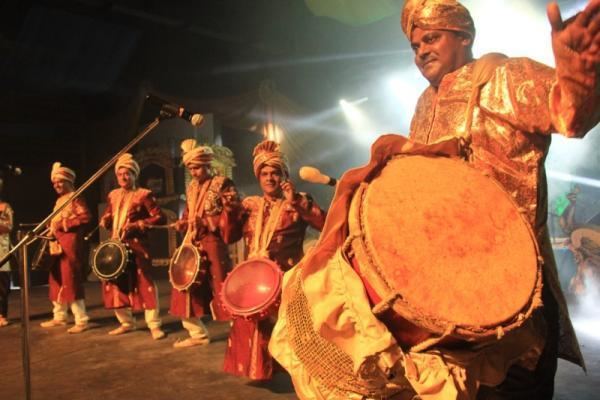
Construction
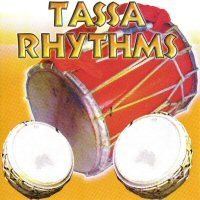
Traditionally, the tassa is made by tightly covering a clay shell with goat skin; early tassa were covered in monkey skin as well. When ready to play, the goat skin is heated by aid of a fire to tighten the head, making the pitch higher. This process is called "standing it up". In this way, the pitch can stay high for 20–30 minutes. Now tassa drums are even made by cutting an empty coolant tank in half and attaching a synthetic drum skin to the top of it with nuts and bolts, welding it shut. Synthetic drums do last longer and do not have to be adjusted as frequently. Although synthetic drums last longer, they deviate from the long-standing tradition of clay and goatskin and do not sound as well.
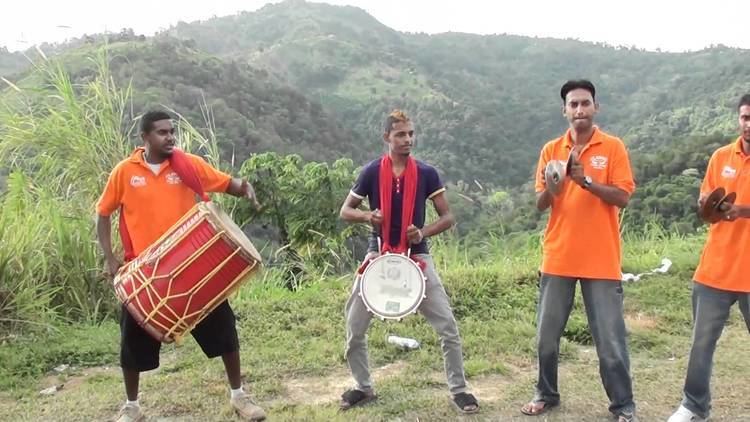
Bass drums are constructed from a single piece of tree trunk, usually mango or cedar, but older, larger drums were made of the dense but light weight cottonwood tree which is rarely found today. The hollowed out trunk is covered on both sides by goat skins which are pulled tightly with rope. Different amounts of "massala" is placed in the insides of the skin to create a lower frequency resonation on the "bass" side hit with a stick, and a higher frequency resonation on the more "treble" side hit with the hand. The deep, booming sounds of bass drums can be heard from long distances.
Playing tassa
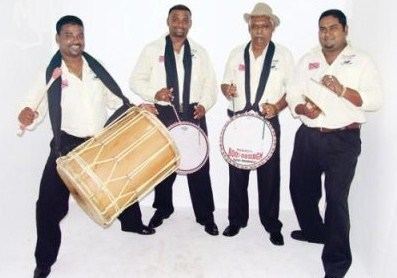
When played in a tassa group, one tassa is the "cutter" and the other is the "fulley" or "fuller", as their role is to make the rhythm or "taal" sound more full. The fulley plays a steady rhythm and at a constant speed while the cutter plays the more intricate rhythms and improvises. A large bass drum, usually made from a mango tree trunk, is also played filling in a deep sound and in addition there is someone with jhanj or jhaal ( Hindi for brass "cymbals") playing in the group also. Tassa drumming can usually be found at a various Indo-Cultural events such as Hosay, Hindu weddings, or even parties and certain clubs.
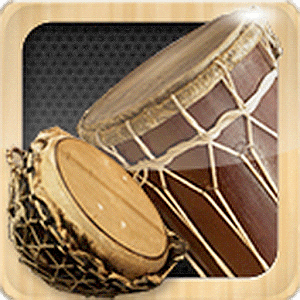
The rhythms are quite complex and each have many variations. Some basic hands are tikora, wedding hand, nagaara, chutney, dingolay, soca, chaubola, kalinda, khemta, bhajan, tikora wedding hand, steel pan, wedding tikora, thumri. Hosay (Muharram) festival rhythms include saada mahaatam, chalta mahaatam, teen choppa, and nabi sarwar.
The tassa drums are played with sticks made from wild cane (called "chob", Hindi for cane sticks) or fiberglass. The sticks can either have very tightly wound masking tape at the top or the sap from a balata tree wound into a ball can form the head of a stick. When played, these pliant sticks are struck on the head of the drum and accomplish a unique sound because the flexibility of the stick is responsible for the roll rather than the regressive bouncing action of the head of the stick.
